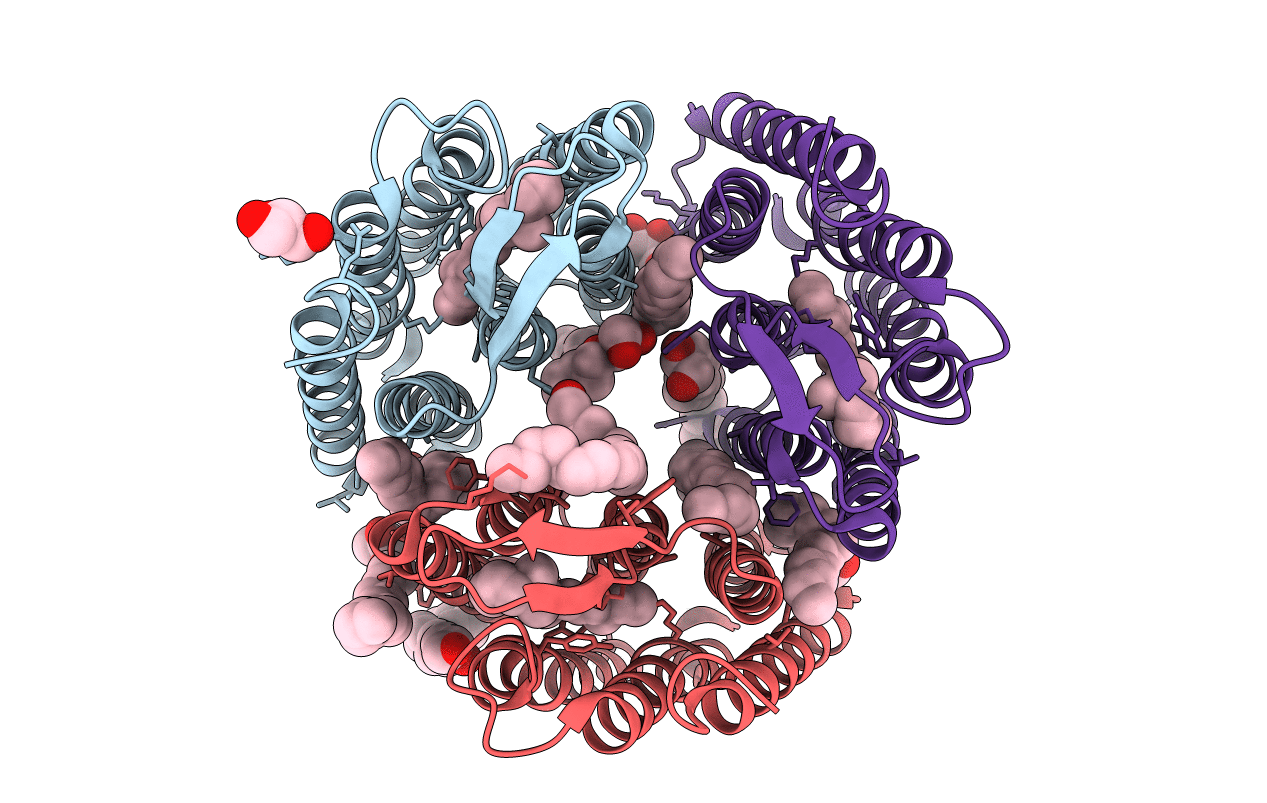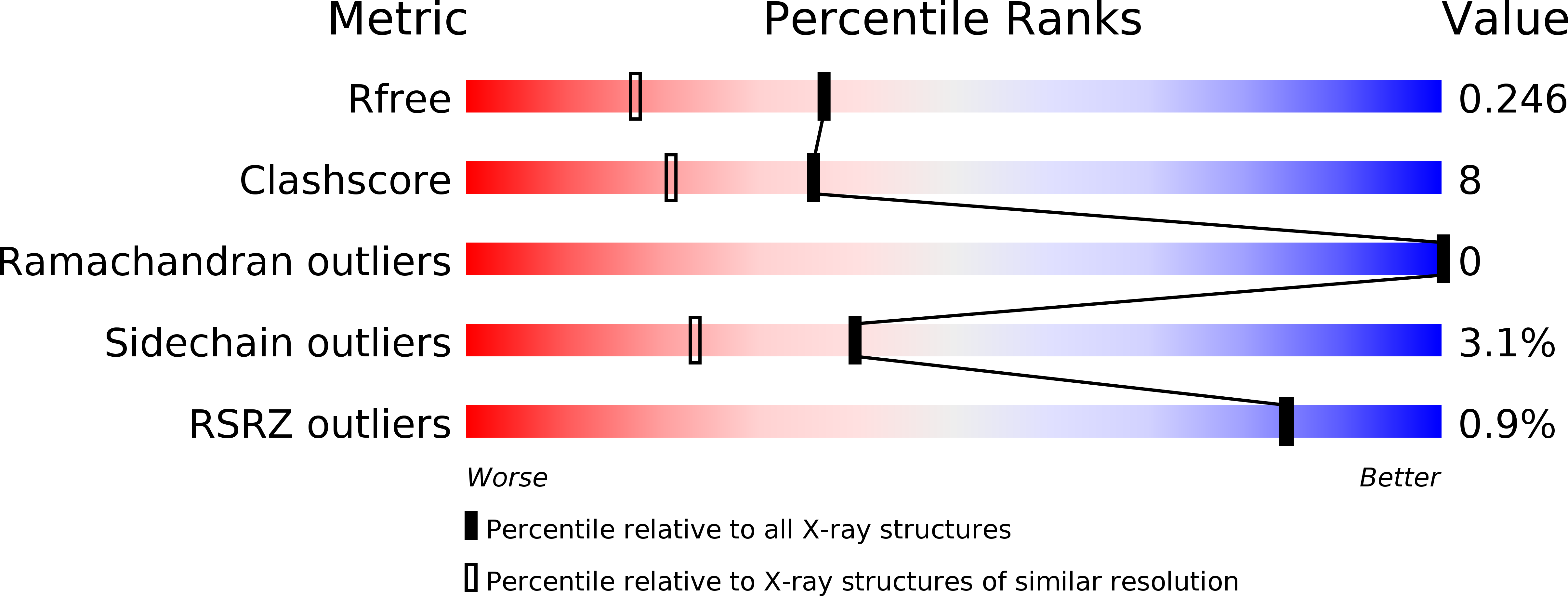
Deposition Date
2014-05-30
Release Date
2015-07-29
Last Version Date
2024-03-20
Entry Detail
Biological Source:
Source Organism:
Haloquadratum walsbyi (Taxon ID: 362976)
Host Organism:
Method Details:
Experimental Method:
Resolution:
1.85 Å
R-Value Free:
0.23
R-Value Work:
0.19
R-Value Observed:
0.19
Space Group:
C 1 2 1


